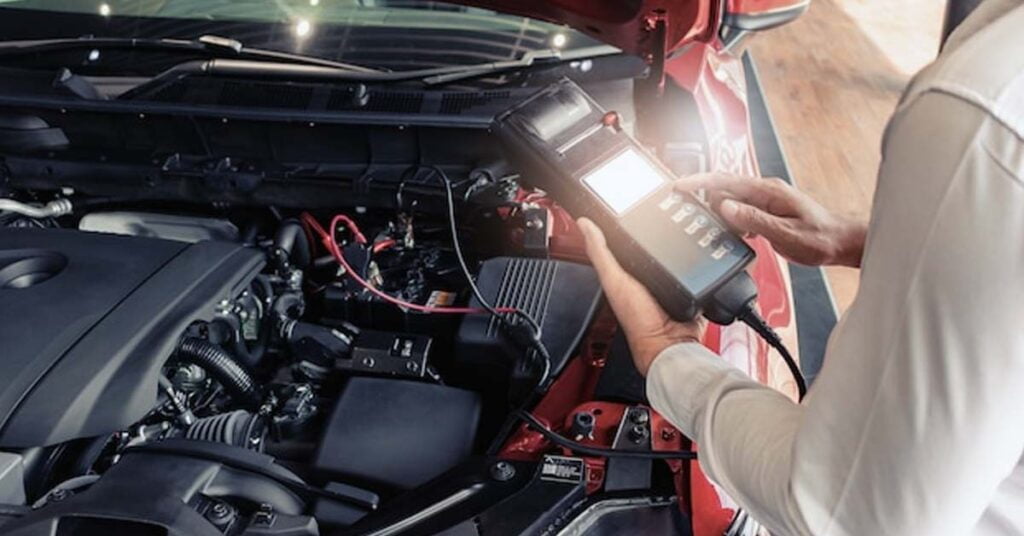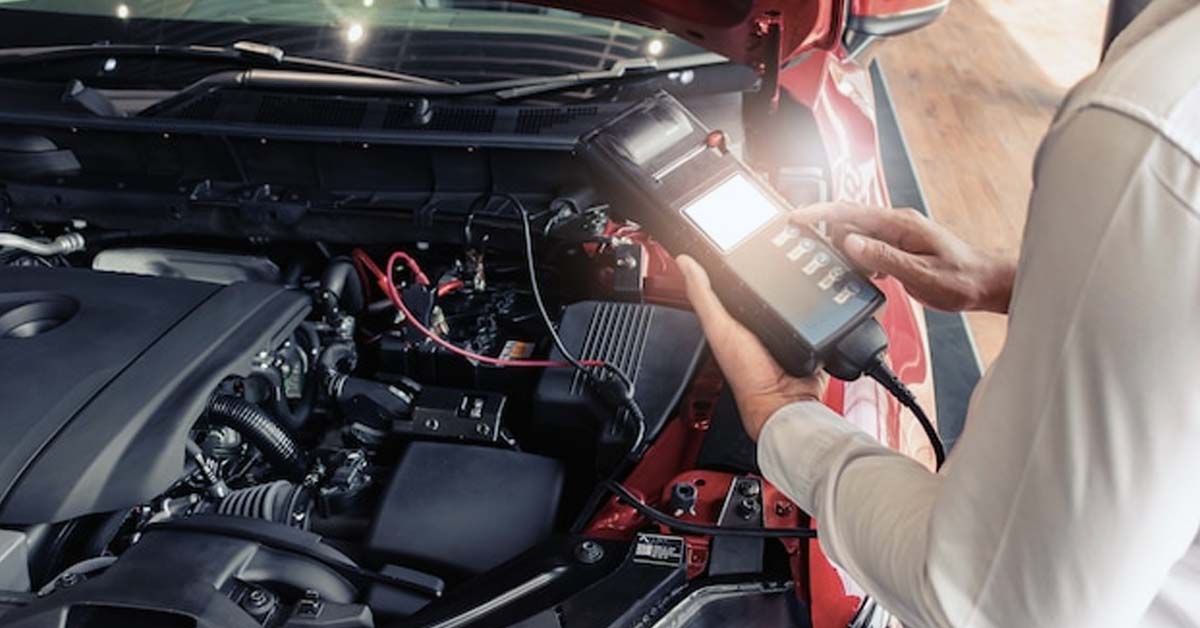If you are an automobile enthusiast but are not well-versed with the technical terminology, this is a great opportunity for you to begin.
This simple video gives you an opportunity to get acquainted with the terminologies of automobile technology like power, torque, RPM and CC. You must have heard these terms floating around constantly while describing the engine specifications of any vehicle. In fact, power and torque are relevant even in EVs. Hence, it becomes crucial to have a basic understanding of these terms to at least get some idea about the capabilities of a vehicle.
You may also like: When is the Right Time to Replace The Clutch of your Car?
You may also like: Skoda Kushaq Engine Cylinder Deactivation System Explained
Power
Power represents the capability of a car to reach its top speed. It is expressed in terms of kW or hp or bhp or PS. All these are standard units of power. If a vehicle has higher power, it generally translates to it having a higher top speed. Power also depends on the engine capacity which we will discuss in the subsequent sections.
You may also like: Here is Why Wheel Balancing is Important For Your Car!
Torque
Torque refers to the twisting force around an axis. For instance, when you fasten a bolt, you are applying torque to rotate the rench. Similarly, the pistons in the cylinder of an engine exert torque around the crankshaft, which powers the wheels. It is mostly expressed in Nm and sometimes in lb-ft (pound-feet in the U.S.). The initial pickup that you experience in a car is a result of torque. Diesel cars generally have higher torque which is why they have a strong initial push.
You may also like: How To Reduce Excessive Fuel Consumption?

You may also like: How Often Should You Change The Transmission Fluid of Your Car?
CC
CC is the abbreviated form of a cubic centimetre. Essentially, it represents the volume/capacity of the engine. Each cylinder in an engine has a certain volume which is multiplied by the number of cylinders to get the volume or capacity of an engine. A 1.0-litre engine means 1000-cc.
RPM
RPM refers to Revolutions Per Minute. In the automobile realm, RPM refers to the revolutions of the crankshaft (which is connected to the wheels) per minute. The engineers calibrate an engine according to the RPM. Each RPM has a specific power, torque, fuel consumption, emission, etc figure associated with it. The engine RPM is translated into the wheel RPM via the different gear ratios of the transmission.
You may also like: What Is Turbo Lag and Why Is It Relevant In Modern Cars?
These are the simplest explanations of what power, torque, cc and RPM are referred to in the automobile industry. We hope you will now be able to understand the spec sheet of any vehicle.


